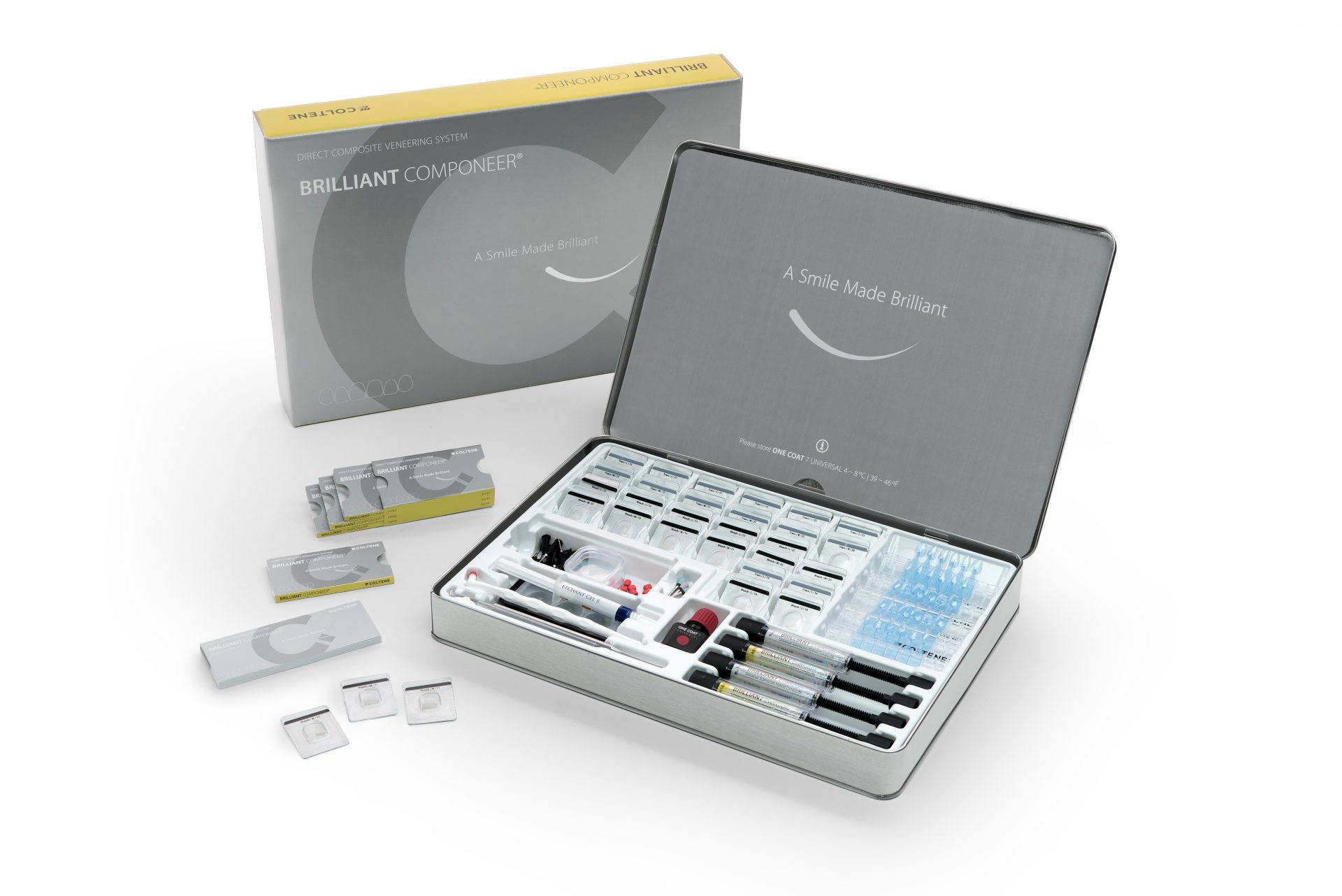Restorative treatment for elderly patients can be quick, ethical and enduring
Featured Products Promotional FeaturesPosted by: Dental Design 26th April 2021

Treatment planning for older patients is a challenge. There is a growing elderly population in the UK, often with complex needs, and solving the problem of improving their access to quality dentistry and levels of oral health is a herculean task.
In 2019, the CQC found that, after reviewing 100 residential settings in England, the standard of oral health provision was in a “parlous” state.[i] The report was welcomed by the dental industry, who backed calls to ensure the implementation of NICE’s 2017’s guidelines for a new quality standard for oral health in care homes.[ii],[iii]
But many older people still live in their own home, with informal care provided by family or friends.[iv] If oral health provision for the elderly was nearing a crisis point before 2020, it will likely be worse now considering the past year has been overwhelmingly hard for this vulnerable group. As we move forward, treating the elderly with the upmost dignity, respect and empathy has never been more important.
A clear message of care
For dental teams, supporting the oral health of these patients starts with communication. They need to know that, if they are in any pain, can feel or see something different in their mouth, or in and around the head or neck area, that it is safe to seek dental care and they should be encouraged to contact the practice. Improving their oral health-related quality of life, and getting them out of pain, will not only restore their general health and wellbeing, but a body of evidence links oral disease to other serious conditions, which is why any concern, no matter how minor they think it might be, must be investigated.
Your message has to be clear and consistent: get in touch. Make this clear on your website, send letters, or call to say hello, ask them how they are feeling and to let them know that you are open and ready to take good care of them. With many practices now providing initial consultations virtually, over the phone or via video calling, their physical attendance might not even be necessary. Without leaving the comfort and security of their home, they can talk with a clinician who won’t be encumbered by layers of PPE.
For patients with cognitive conditions, or who have problems hearing or speaking, virtual triaging might not be suitable. In such cases, teams will be reliant on carers to notice a problem, which could be physical (such as swelling) or behavioural (such as changes to eating patterns), then to contact the practice.
The natural impact of ageing
For your old older patients who understand the value of good oral hygiene and behaviours, the message needs to be how ethical, interceptive dental treatment can avoid the need for invasive and/or emergency procedures – and more visits to the dentist – further down the line.
Even if they have always taken care of their teeth and gums, elderly people tend to present with more failed restorations and issues which are the “legacy of different patterns of care”.[v] Reduced manual dexterity can go hand-in-hand with the ageing process, so as well as finding it harder to clean their teeth as efficiently as they used to, an older person who is cooking just for themselves might be eating meals which involve less effort to prepare and clear away, and are often less nutritious. Years of function will lead to wear and tear and certain medications can cause dry mouth and dehydration. These are just some of the factors that can put an elderly patient at an increased risk of caries.
 Many older people would rather keep their own teeth than be fitted with a denture, though. If they don’t think that modern restorative dentistry is for them, perhaps they don’t know that it is affordable, can be delivered quickly – often in just one session – and is a world away from “drill and fill”.
Many older people would rather keep their own teeth than be fitted with a denture, though. If they don’t think that modern restorative dentistry is for them, perhaps they don’t know that it is affordable, can be delivered quickly – often in just one session – and is a world away from “drill and fill”.
Modern, minimally invasive restorative dentistry encompasses everything about the process, from the techniques used to the materials selected. In fact, the right materials are key to conservative caries’ management and treatment that is comfortable and quick for all patients, especially your elderly patients. For restoring carious defects in a single appointment, you could use COLTENE’s BRILLIANT COMPONEER™, a veneering system comprised of prefabricated veneer shells. The restoration can be adjusted in the chair if required and will look highly aesthetic too. Minimally invasive restorative treatments are the perfect choice for older patients as all surrounding dentition and supporting tissue will be preserved.
Your oldest patients deserve nothing less than exceptional, ethical treatment that can be delivered efficiently, cost-effectively and that will endure. When you use minimally invasive techniques and the finest materials, you will improve both function and form, keep them in good oral health and allow them to enjoy the benefits of a beautiful smile for years to come.
For more on COLTENE, visit www.coltene.com,
email info.uk@coltene.com or call 0800 254 5115.
[i] Smiling Matters: oral health care in care homes. CQC, 25 June 2019. Link: https://www.cqc.org.uk/publications/major-report/smiling-matters-oral-health-care-care-homes (accessed November 2020).
[ii] Oral healthcare for older people. BDA. Link: https://bda.org/olderpeople (accessed November 2020).
[iii] Oral health in care homes. NICE quality standard, 7 June 2017. Link: https://www.nice.org.uk/guidance/qs151 (accessed November 2020)
[iv] Living longer: caring in later working life. Office for National Statistics, 15 March 2019. Link: https://www.ons.gov.uk/peoplepopulationandcommunity/birthsdeathsandmarriages/ageing/articles/livinglongerhowourpopulationischangingandwhyitmatters/2019-03-15 (accessed November 2020).
[v] The Health and Social Care Information Centre. Executive Summary: Adult Dental Health Survey 2009, 24 March 2011. Found at: http://www.hscic.gov.uk/catalogue/PUB01086/adul-dent-heal-surv-summ-them-exec-2009-rep2.pdf (accessed November 2020).








